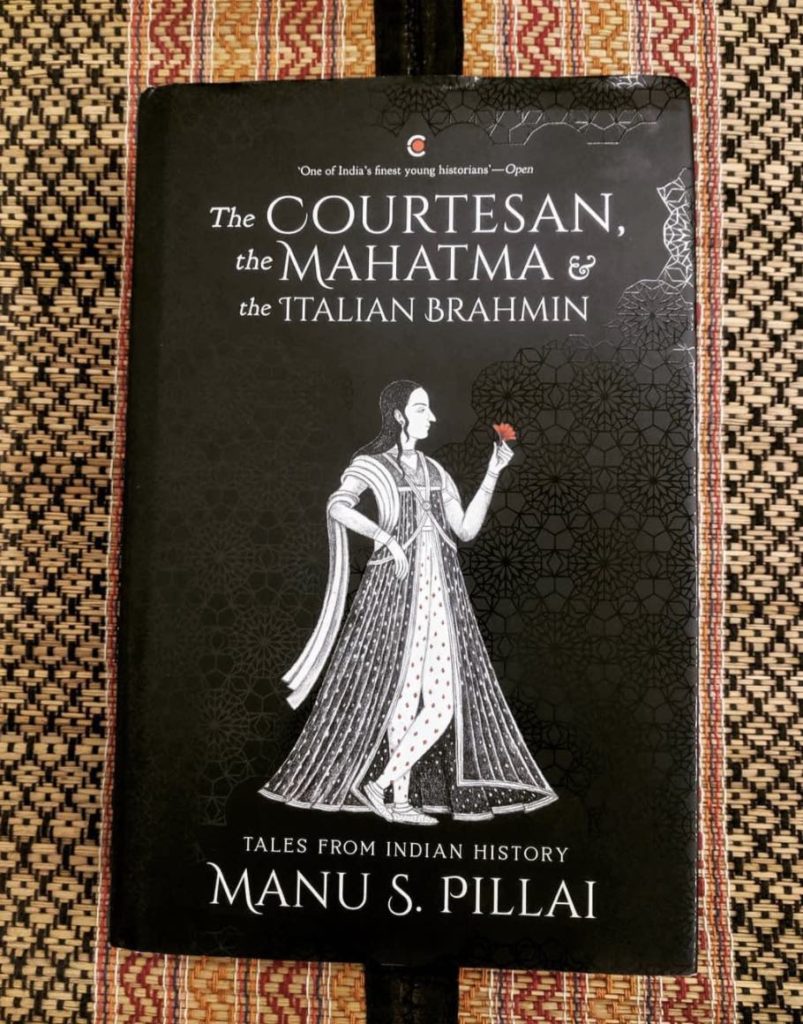Manu S. Pillai
I had really liked the author’s earlier work – The Ivory Throne – and particularly the last 100 or so pages where he brought out the humans from behind the aura of regality. I began seeing them in a different perspective and my engagement with the book was much richer. I think the author has repeated this in his latest book as well.
The book is divided into three parts. The first part is set before the Raj, and the second, during. We’ll come to the third in a bit. All the essays are around 6 pages and I initially found this a little annoying. But it became easier once I got used to the format. The good thing is that many of them generate enough interest to make you go through the sources and that’s a lot of future reading!
The first section definitely has the shadow of the Mughal empire looming, but barring a couple of essays, the focus is not on them. Through a collection of very interesting characters, the author illustrates the multicultural diversity of India. This section also shows how history itself changes from the time the event happens to now, and how they it lends itself to various narratives that suit a particular social context.
The second section is relatively more contemporary, and in addition to well-known figures like Annie Besant, Veer Savarkar, V.K Krishna Menon, Vivekananda etc, it brings out those who occupy the by-lanes of history and some whom history too has left behind. I liked this more than the first section, probably because of the poignancy of stories like The Champion of Tuticorin and The Seamstress & The Mathematician. This section also offers a couple of interesting what-ifs – what would India have looked liked without the Raj, and what if the Mahatma had lived to 125 (the life span he preferred)?
The final section is an afterword – an essay for our times, and makes excellent points on why our multiplicity is our strength, and the complicated fabric that holds us together is not something that hyper-nationalism should try to tear.
The writing is lucid and the past does come alive. The tales are interesting in many ways – one features a Mappila Ramayana with Ravana as a sultan and Surpanakha seeking sanction from the Sharia, another one has Wajid Ali Shah trying to divorce twenty seven wives in one shot, there are a few with the East India Company’s honchos in India, and from the Italian brahmin to kamasutra to football, it covers vast tracts of history. Highly recommended if you have an interest in history, and especially off the beaten path journeys into the past.
P.S. A few hundred more pages would have been welcome though!

